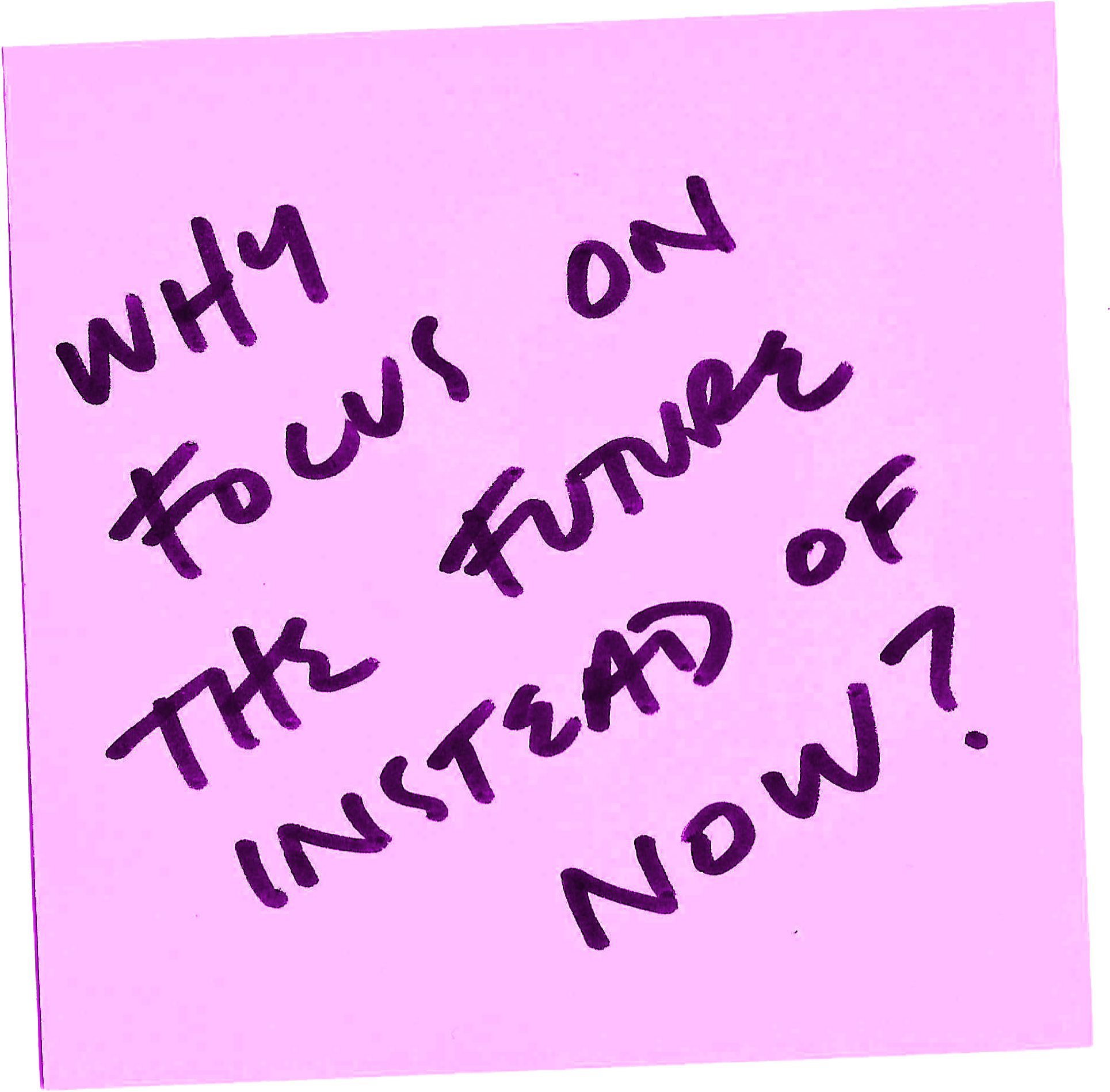I had a lot of questions about what people imagine for the future of their sexual and reproductive experiences. I wondered if people felt really negatively or if they imagined positive futures for themselves and their community and for future generations. Was it possible to think positively with such upsetting news happening because of Roe v. Wade, and the overturning of Roe v. Wade. I felt upset that my rights were getting taken away. And I wanted to find a community in that space to not find solutions to the problem, but to imagine new things, new ways of thinking about the topic.
I knew that there was going to be an opportunity within sexual and reproductive experiences, to use co-design to allow people to creatively engage with their thoughts around the topic. We think a lot about it, we talk about it sometimes. We hear a lot about sexual reproductive health and experiences, but it's not very common that you get to creatively engage with the topic.
Choosing to focus on the future instead of the now might seem kind of strange for, design, for design research. I think generally design is very focused on the now—leaning into the past to understand issues and problems and identify them, and maybe thinking into the near future. But I was interested in the far future in that range between the near future and the far future. And I felt like it could offer a very unique space within this topic.
When we're trying to get a group of very different people together, that can be very complicated. It can feel like a big ask for a researcher to figure out that language. It feels...sometimes it felt like to me like a whole learning experience I wasn't expecting. But it also felt like a huge opportunity to learn how to connect with my participants in the right way.
So in the journey of my thesis, I ended up having many different topics. But a huge topic I had was about creating a safe space. I was very curious about a safe space in terms of co-design, and focus groups, and what it looks like to be a facilitator of a safe space. But I was also really curious about where those safe spaces happen in other areas, and who's creating those safe spaces. So you could think of like a teacher, maybe like a nurse, I don't know, a great manager, things like that. And so I was curious about what those overlaps are—what does it take to create a safe space.
An informal interview with my friend and my cousin about what it was like to be a participant in research about sexual & reproductive futures.
Did it make it more awkward or less weird?
What did they take away from the session(s) and into their lives now?
Do they finally understand what I do for my career now?












